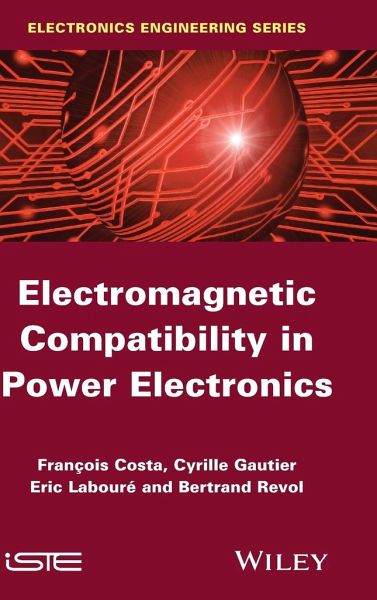
Electromagnetic Compatibility in Power Electronics
Versandkostenfrei!
Versandfertig in über 4 Wochen
157,99 €
inkl. MwSt.
Weitere Ausgaben:

PAYBACK Punkte
79 °P sammeln!
Scientists largely attribute the recent deterioration of the electromagnetic environment to power electronics. This realization has spurred the study of methodical approaches to electromagnetic compatibility designs as explored in this text. The book addresses major challenges, such as handling numerous parameters vital to predicting electro magnetic effects and achieving compliance with line-harmonics norms, while proposing potential solutions.




